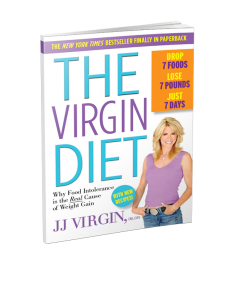 There are approximately 150 hormones in the human body. However, most of us can name only a few of them.
There are approximately 150 hormones in the human body. However, most of us can name only a few of them.
Many people jokingly refer to an adolescent’s emerging sexuality as “hormones” or a menopausal woman’s hot flashes as “hormones.” However, hormones are responsible for a lot more: a child’s growth, a woman’s reproduction, and – as they cease to function properly – hormones are related to the ageing process.
In essence, hormones perform critical life functions throughout our lives.
When hormones are not functioning at optimal levels, your body will not function at optimal levels. These naturally occurring chemicals in the body have a major effect on a variety of life processes. They are critical to good health.
Here are five essential hormones that you’ll want to keep in check.
Cortisol
If you’ve heard of the “fight or flight” response, you’re well aware of the function that cortisol plays in our lives. Cortisol is released when we experience stress. If you have low glucose levels, your body will release cortisol to increase blood sugar.
 How old are you?
How old are you? Each year, approximately 300,000 people in the United States are affected by Lyme disease. With spring approaching later this month, many of us will take advantage of the warmer weather and venture outside.
Each year, approximately 300,000 people in the United States are affected by Lyme disease. With spring approaching later this month, many of us will take advantage of the warmer weather and venture outside. Soy. We love it. We hate it. We don’t know what to do with it.
Soy. We love it. We hate it. We don’t know what to do with it. Macular degeneration of the eye is one of the leading causes of vision loss. In fact, according to the American Macular Degeneration Foundation, more than 10 million Americans are diagnosed with this disease.
Macular degeneration of the eye is one of the leading causes of vision loss. In fact, according to the American Macular Degeneration Foundation, more than 10 million Americans are diagnosed with this disease. Sleep. For some of us, it can be painfully elusive.
Sleep. For some of us, it can be painfully elusive. Unless you work at a construction site or in an industrial plant, you may not give much thought to heavy metals. However, you may be exposed to more metal than you realize. When your exposure becomes acute or chronic, your health may be affected.
Unless you work at a construction site or in an industrial plant, you may not give much thought to heavy metals. However, you may be exposed to more metal than you realize. When your exposure becomes acute or chronic, your health may be affected. If you’re like many of our readers, you know The MAP delivers personalized recommendations for optimal health and wellness; however, you may not know the process we use to get your results.
If you’re like many of our readers, you know The MAP delivers personalized recommendations for optimal health and wellness; however, you may not know the process we use to get your results.

